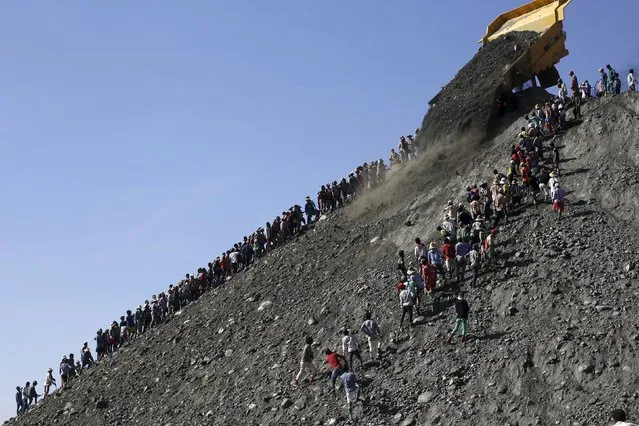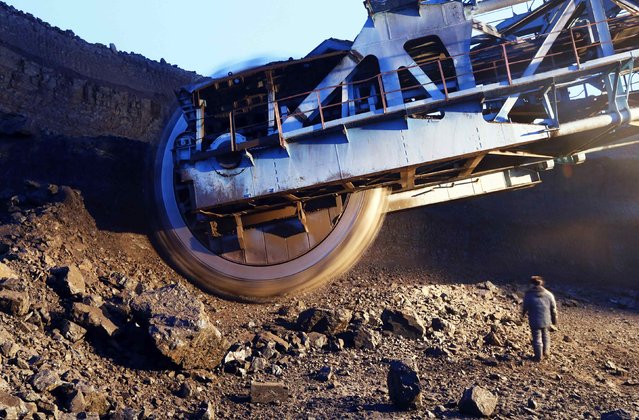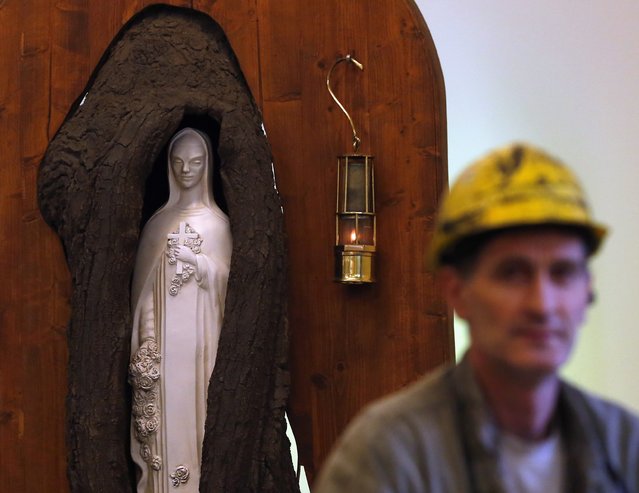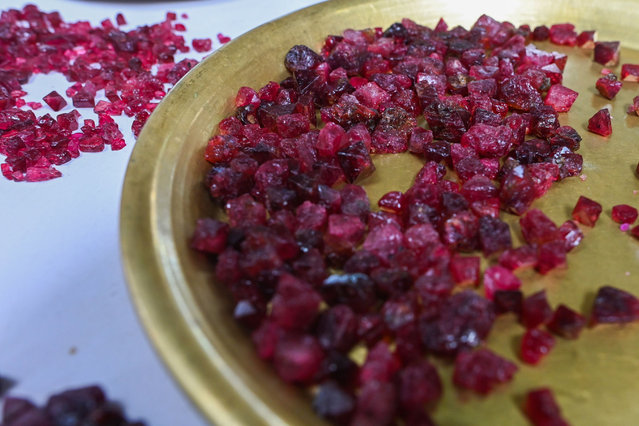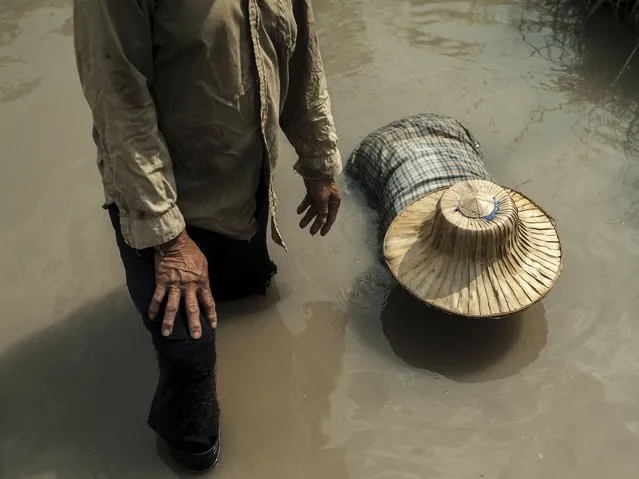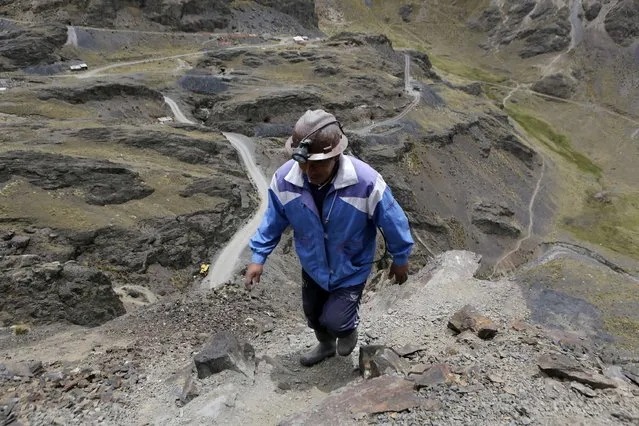
A mine worker is seen outside “The Progreso” gold mine near La Paz, November 13, 2014. According to local media, the president of the Central Bank of Bolivia (BCB) Marcelo Zabalaga said on Thursday that the falling price of oil and minerals in the international market will not affect the national economy. (Photo by David Mercado/Reuters)
16 Nov 2014 12:04:00,post received
0 comments

